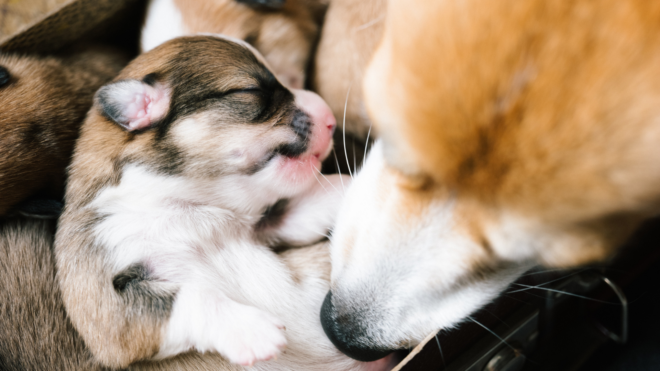If, like me, you grew up with Marguerite Henry’s Misty Of Chincoteague, you probably have fond associations with the near-mythical island and its four-footed inhabitants.
The 1947 children’s book chronicles the story of two children training a pair of wild ponies on the Chincoteague island of Virginia, and is still beloved decades later.
What some childhood readers may not realize, however, is that the horses described in Misty of Chincoteague actually have their roots in real history, and in a fascinating tradition that continues to this very day!
Since 1924, the last Wednesday of July has been known for an event called the Pony Penning, the real-life tradition of herding the wild ponies that live off the coast of Virginia.
For the year of 2016, the annual Pony Penning falls on July 27th. In honor of the 92nd anniversary of this long-standing tradition, let’s take a look back through the history of the wild Chincoteague ponies!
Scroll through the gallery below to learn more about these fascinating creatures!
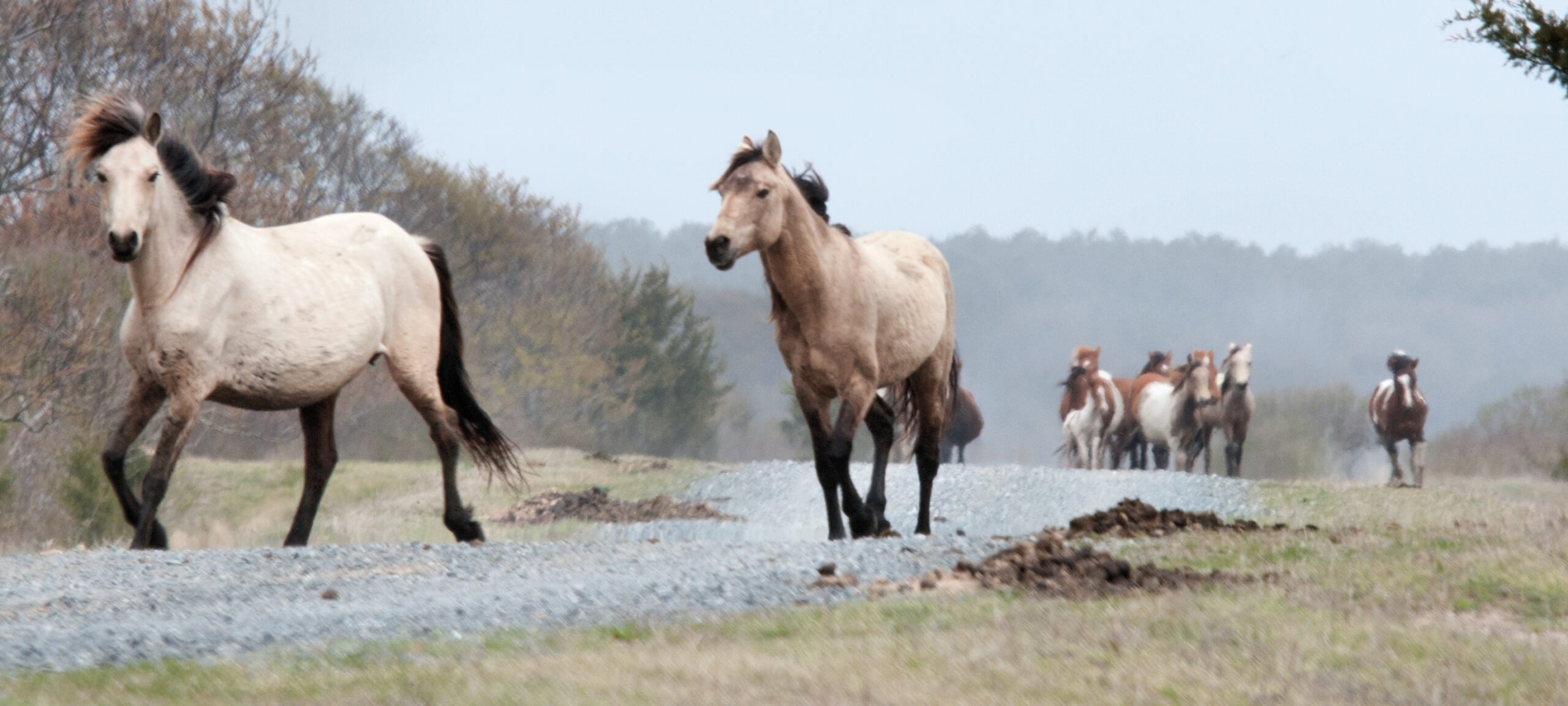
The Chincoteague Ponies, also known as Assateague Ponies, are wild ponies that live on islands off of the mid-Atlantic coastline of Virginia and Maryland.
According to legend, the feral ponies were first introduced to the islands when a Spanish galleon carrying a freight of horses wrecked off the coast on its way to Peru.
Another legend insists that the ponies were left behind on the island by a crew of pirates.
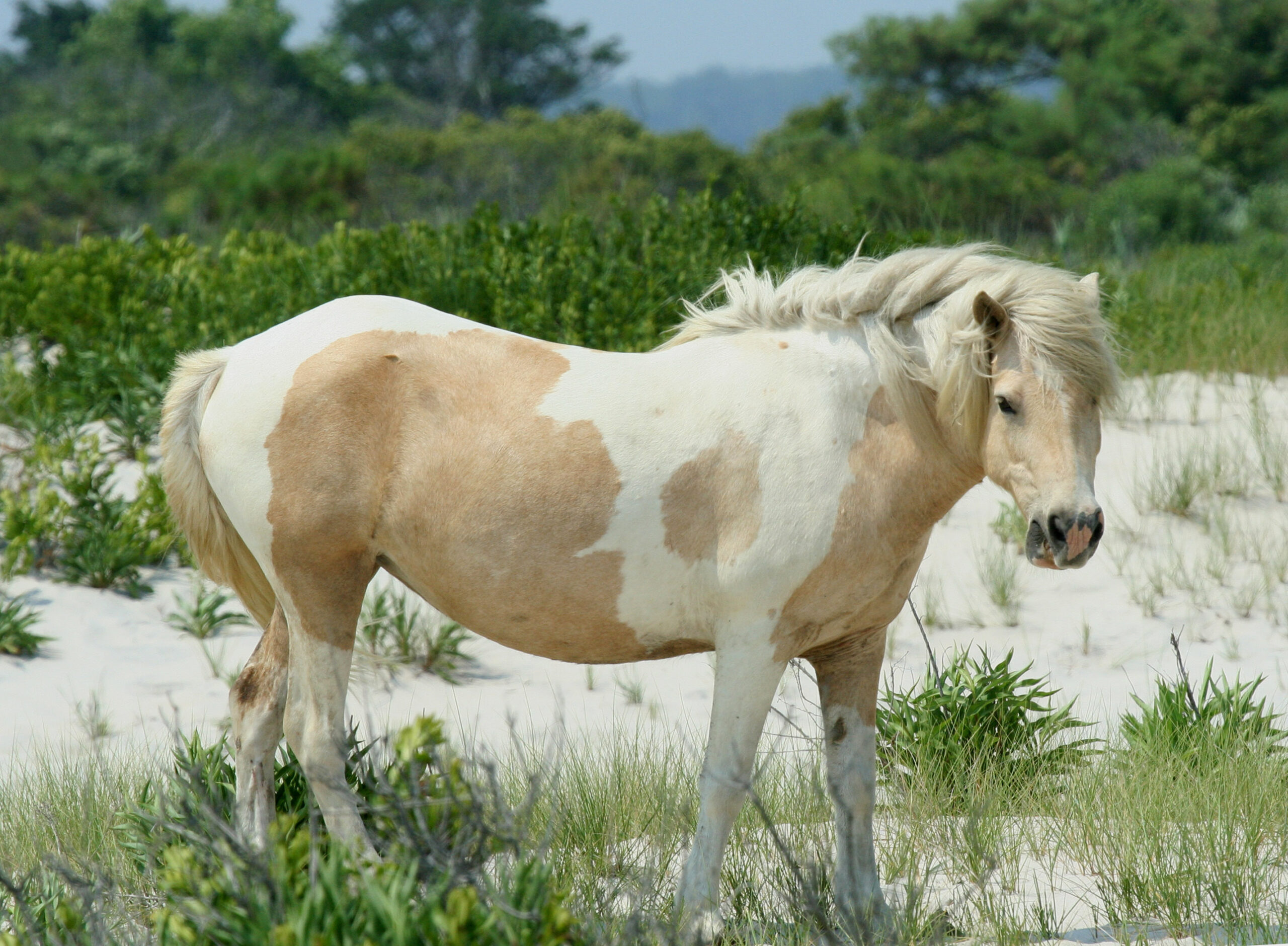
In fact, it's likely that none of the romantic legends of the Chincoteague ponies are true.
They most likely ended up going wild on the island as a 17th-century form of tax evasion, where landowners kept their domestic horses on the islands to avoid mainland livestock taxes.
The horses swam to neighboring islands, and slowly went wild over the course of centuries.
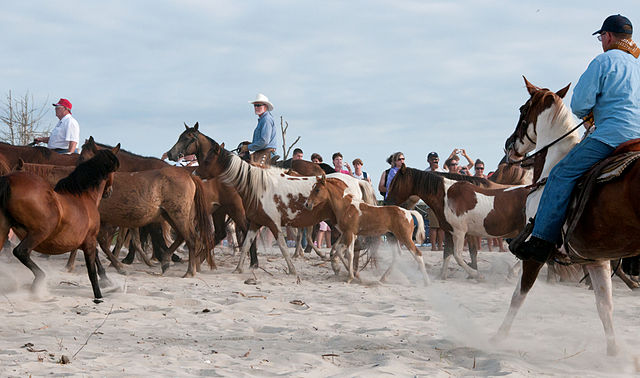
Over the years, the ponies were occasionally rounded up and brought back to the mainland to be sold.
The Chincoteague ponies were highly prized for their intelligent, trainable natures, and were often used for hunting or driving animals once domesticated.
Unfortunately, the isolation of the herd led to inbreeding and the health of the ponies diminished.
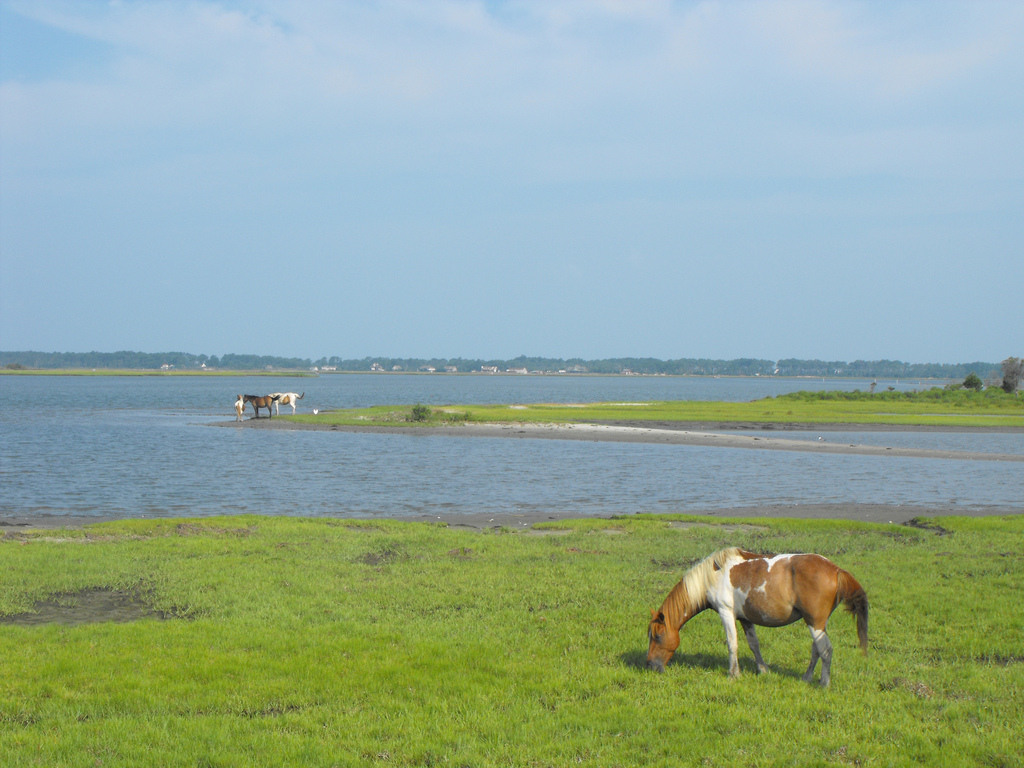
It wasn't until the 20th century that people began to make a concerted effort to protect and stabilize the nascent breed of pony developing on the islands.
First, they started introducing a handful of other ponies to add genetic diversity to the population and help keep the ponies strong and healthy.
Then, in 1924, the Chincoteague Volunteer Fire Department formalized the tradition now known as Pony Penning.
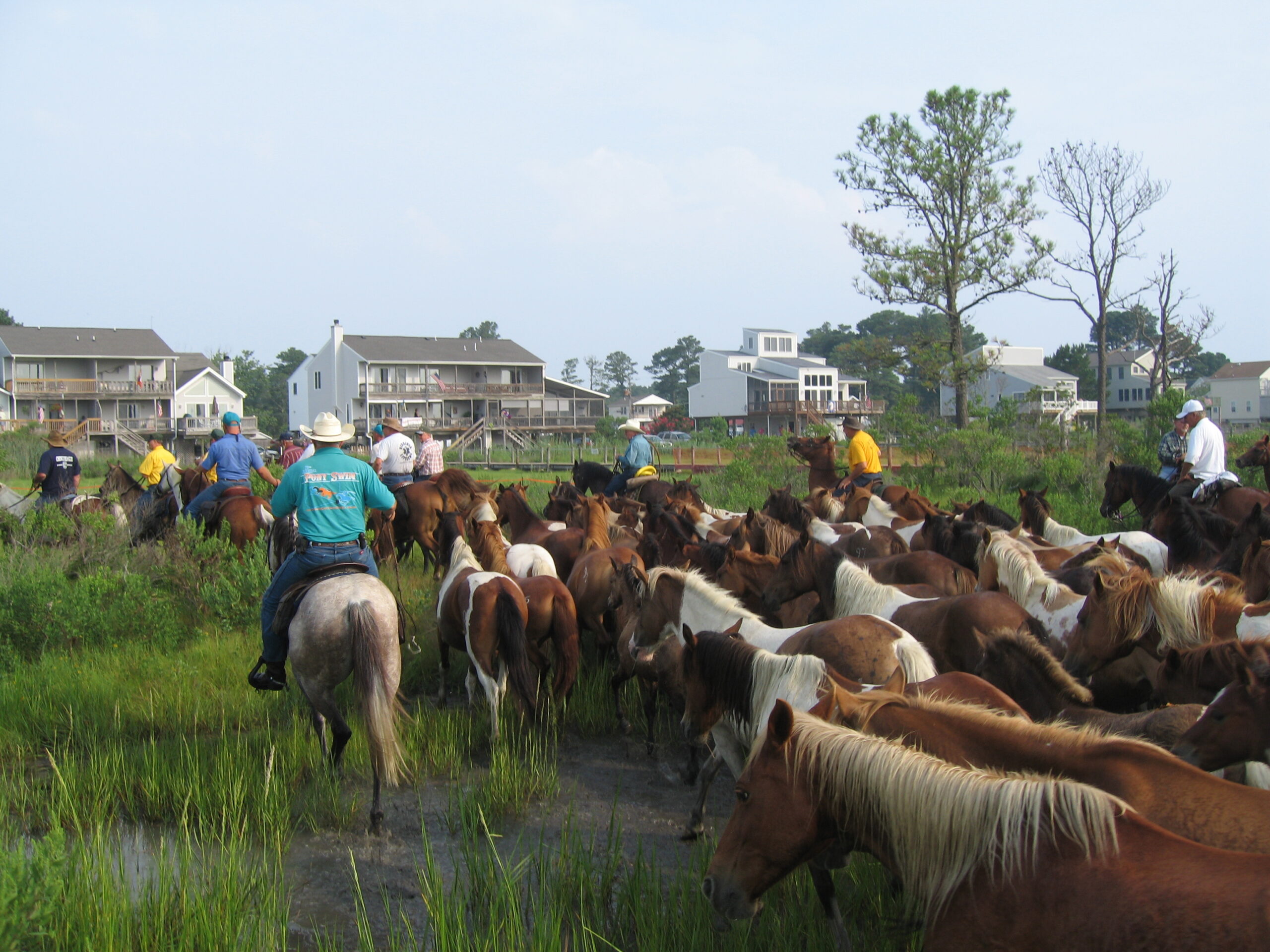
Early in the 1920s, Chincoteague was devastated by a fire fueled by the dry salt marsh vegetation of the island and the CVFD was formed to combat the problem.
The first Pony Penning was conceived of as a fundraiser, where the sale of ponies rounded up would go toward the expenses of the VFD.
As it turned out, the fundraiser became a signature tradition for the island.
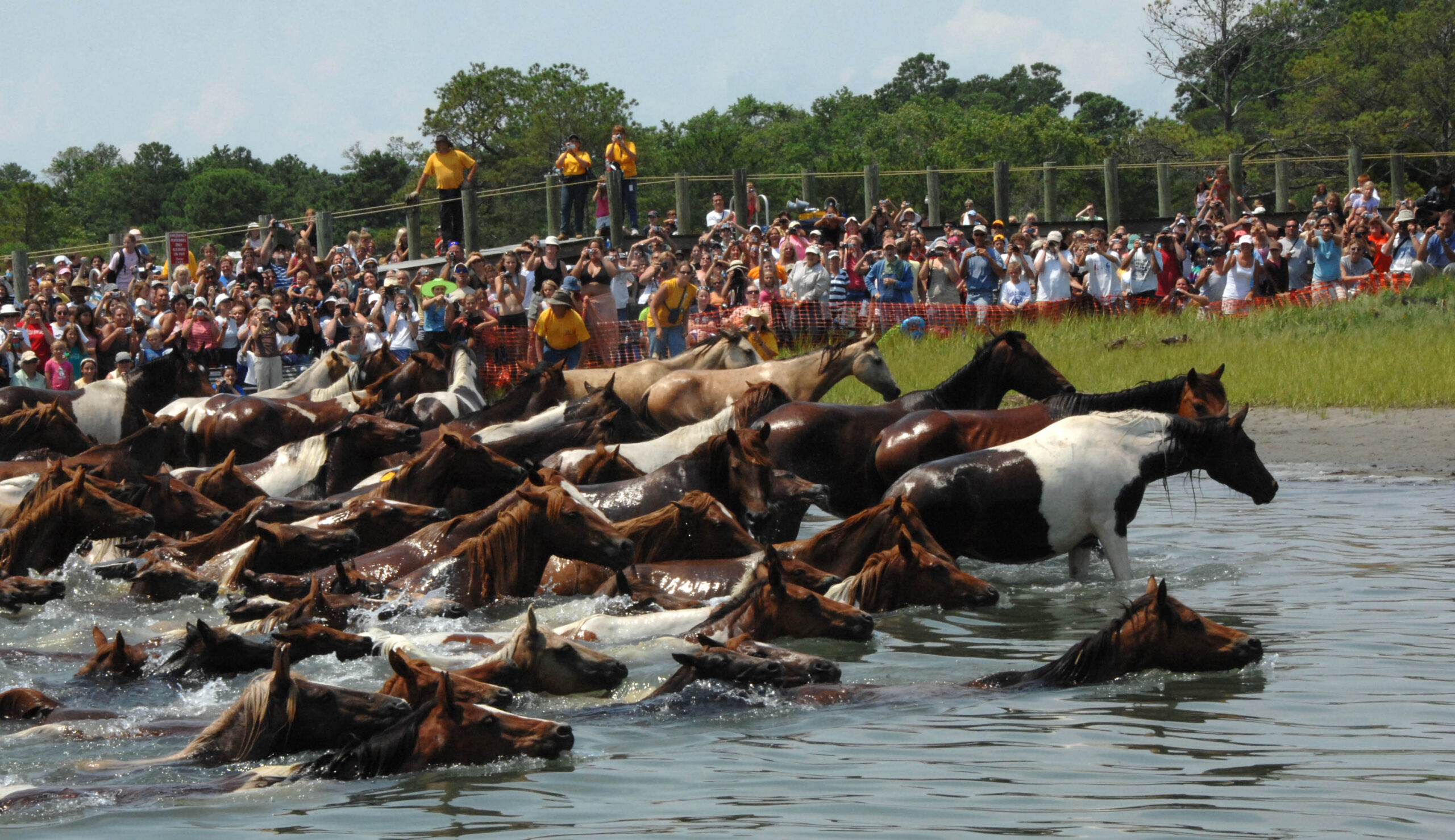
Today, there are about 300 ponies living on Assateague Island, with roughly half still managed by the CVFD.
Every year, men on horseback go to the island and round up the CVFD portion of the herd.
These horses are then swum from Assateague to Chincoteague, across a narrow strip of shallow water, with assistance and guidance from the herders and observers.
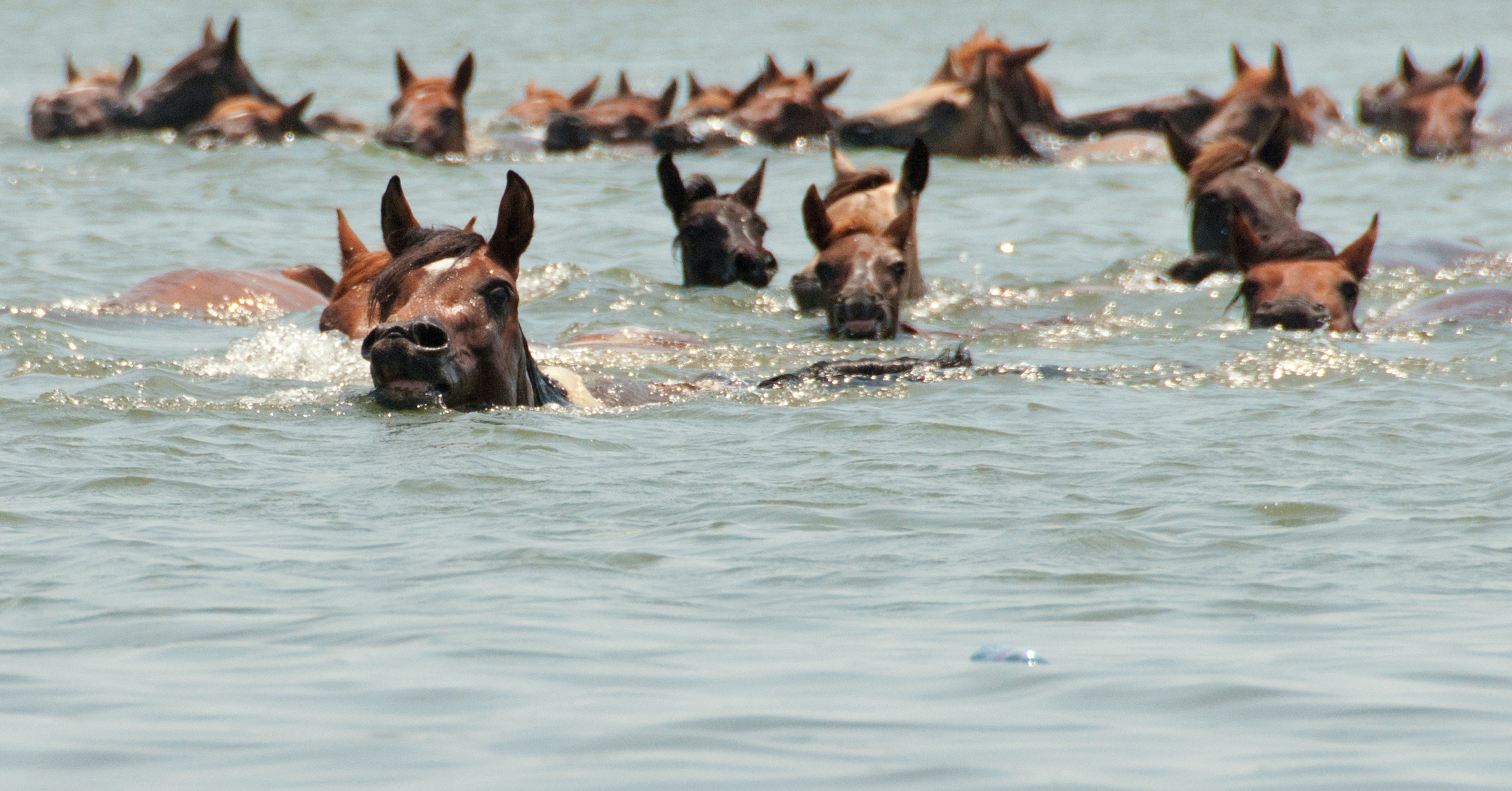
Any horse that might not be able to make the swim is taken across in a trailer, while the healthy horses swim through the water, a process which takes five to 10 minutes.
Waiting on Chincoteague are the observers who come to the island to see the horses in action — numbers have reached 50,000 in recent years.
Then, a small number of horses are auctioned off, which supports the CVFD and the stewardship of the horses, while the remaining ponies return to Assateague!
If you're fascinated by these beautiful creatures and their intriguing history, make sure to SHARE their story with friends and family!

